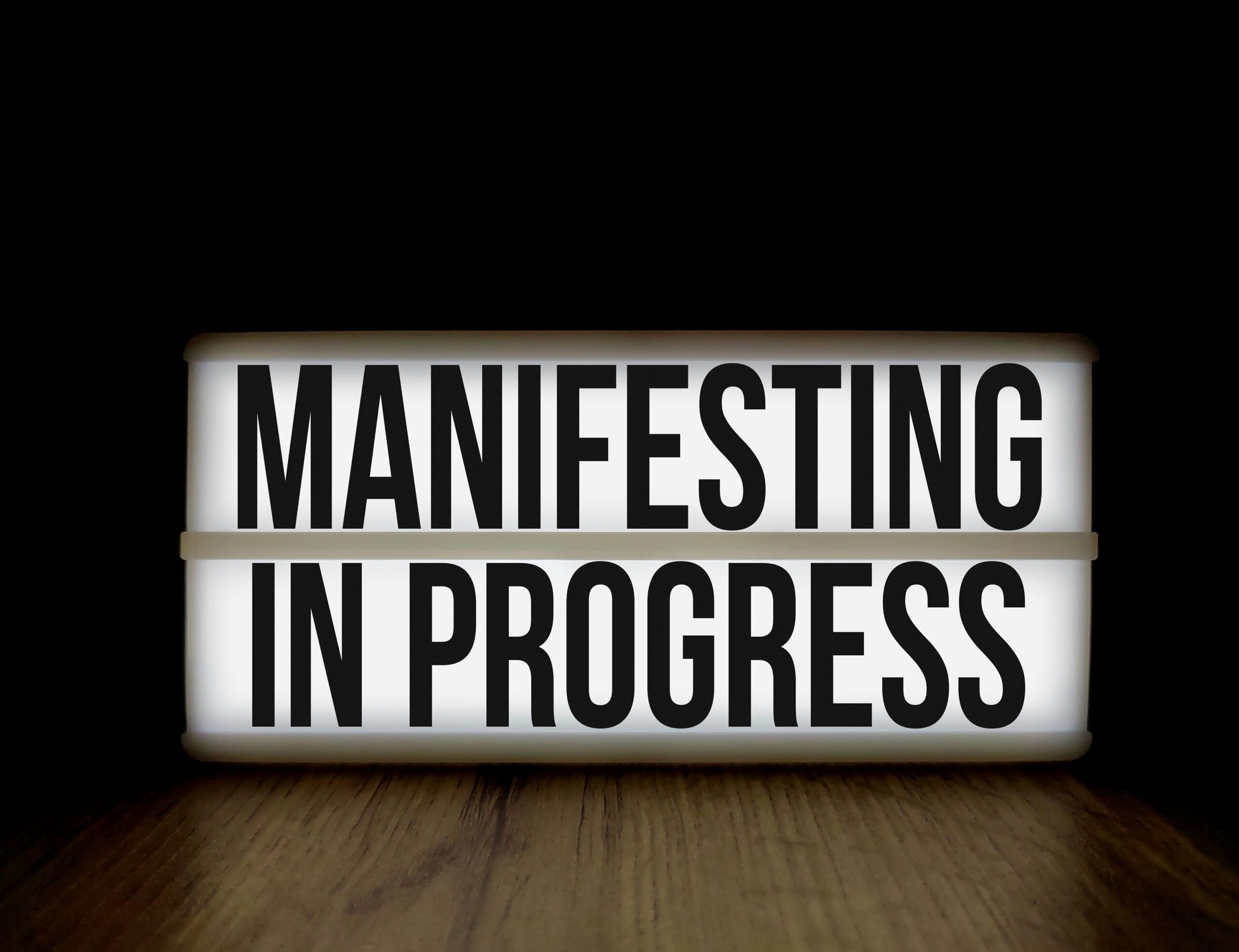Imagine transforming your entire life by changing just one small habit. This isn’t fantasy—it’s the proven power of keystone habits in action.
Every day, we perform countless actions without thinking. We brush our teeth, check our phones, make coffee, and follow familiar routines that shape our days. But hidden among these ordinary behaviors are special habits that possess an extraordinary power: the ability to trigger chain reactions that transform multiple areas of our lives simultaneously.
These transformative behaviors are called keystone habits, and understanding how to identify and cultivate them represents one of the most powerful strategies for personal development available. Unlike isolated habit changes that require massive willpower and often fail, keystone habits create ripple effects that make other positive changes feel almost effortless.
Charles Duhigg popularized the concept in his groundbreaking book “The Power of Habit,” showing how certain habits have the unique ability to start a process that, over time, transforms everything. They’re called “keystone” habits because, like the keystone in an arch that holds all other stones in place, these habits support and enable numerous other positive behaviors.
🔑 Understanding the Architecture of Keystone Habits
Keystone habits work differently than ordinary habits. While a regular habit might improve one specific area of your life, a keystone habit creates a cascade of positive changes across multiple domains simultaneously. Think of them as the dominoes that knock down entire rows of other dominoes when pushed.
What makes a habit a “keystone”? Research has identified several defining characteristics. First, keystone habits create small wins that build momentum and confidence. Second, they establish structures and routines that support other positive behaviors. Third, they often create new identities and self-perceptions that align with broader goals.
Consider exercise as a classic example. When people start exercising regularly—even just 20 minutes a few times per week—studies show they often begin eating better without consciously trying. They become more productive at work, show more patience with colleagues and family, use credit cards less frequently, and report feeling less stressed. The exercise habit didn’t just improve physical fitness; it triggered a transformation across their entire lifestyle.
This phenomenon occurs because keystone habits change how we see ourselves. When you identify as “someone who exercises,” you naturally make decisions consistent with that identity. You choose the stairs over the elevator, pack healthier lunches, and go to bed earlier to wake up for your morning workout. Each of these secondary behaviors reinforces the keystone habit while creating its own positive effects.
Identifying Your Personal Keystone Habits
Not all keystone habits are universal. What serves as a transformative habit for one person might be merely beneficial for another. The key is identifying which habits have the potential to trigger cascading positive changes in your specific life circumstances.
Start by examining your current challenges and goals. Where do you feel stuck? What areas of your life would benefit most from improvement? Then look for single habits that could create positive ripple effects across multiple problem areas simultaneously.
Common keystone habits that work for many people include:
- Regular exercise or movement – Often improves energy, mood, sleep, eating habits, and self-discipline
- Making your bed each morning – Creates a sense of accomplishment and order that often extends throughout the day
- Meal planning or food preparation – Typically leads to healthier eating, reduced stress, and better budget management
- Daily meditation or mindfulness practice – Frequently improves emotional regulation, focus, relationships, and decision-making
- Tracking expenses or maintaining a budget – Often increases awareness that leads to better spending decisions and financial goals
- Regular sleep schedule – Tends to improve energy, mood, productivity, and physical health
- Journaling or reflection practice – Commonly enhances self-awareness, goal clarity, and personal growth
The most effective approach is to experiment thoughtfully. Choose one potential keystone habit and commit to it for 30 days while observing what other changes naturally emerge. Keep notes about unexpected improvements in different life areas. This experimental mindset removes pressure while providing valuable data about what works for you specifically.
🌱 Building Keystone Habits That Actually Stick
Understanding keystone habits intellectually is one thing; successfully implementing them is another. The good news is that decades of behavioral science research have revealed proven strategies for making new habits stick.
Start ridiculously small. Most people overestimate what they can accomplish in the short term and underestimate what they can achieve through consistency over time. Instead of committing to hour-long workouts, begin with five minutes. Instead of overhauling your entire diet, start by eating one vegetable with dinner. These micro-habits may seem insignificant, but they establish the neural pathways and identity shifts that enable expansion later.
James Clear, author of “Atomic Habits,” emphasizes making your desired habit obvious, attractive, easy, and satisfying. For exercise, this might mean laying out your workout clothes the night before (obvious), listening to favorite music only during workouts (attractive), starting with just five minutes (easy), and tracking your streak on a calendar (satisfying).
Habit stacking is another powerful technique for building keystone habits. This involves attaching your new habit to an existing routine. For example: “After I pour my morning coffee, I will write one sentence in my journal” or “After I close my laptop at the end of the workday, I will put on my walking shoes.” The existing habit serves as a reliable trigger for the new behavior.
Technology can support your efforts without becoming a crutch. Habit tracking apps provide accountability and satisfying visual progress that reinforces your commitment. However, remember that the goal is internalization—eventually, you want the habit to feel automatic rather than dependent on external tracking systems.
The Science Behind the Cascade Effect
Why do keystone habits create such widespread change when other attempts at self-improvement fizzle out? Neuroscience and psychology research offers fascinating insights into the mechanisms at work.
First, keystone habits create what psychologists call “small wins”—early successes that build confidence and momentum. When you successfully maintain a new habit for even a few days, your brain releases dopamine, which reinforces the behavior while simultaneously increasing your belief that change is possible. This psychological lift makes it easier to tackle other challenges.
Second, keystone habits often involve what researchers call “deliberate practice”—focused attention on improvement that strengthens executive function. Executive function encompasses planning, impulse control, and decision-making. When you strengthen these mental muscles through one habit, that enhanced capacity transfers to other areas of life.
Third, keystone habits frequently restructure your environment and daily routines in ways that naturally support additional positive changes. Someone who commits to morning meditation might set an earlier alarm, which creates time for breakfast, which provides energy for better focus at work, which leads to leaving the office on time, which allows for evening exercise or family time. Each behavior creates conditions that enable the next.
Perhaps most importantly, keystone habits shift your sense of identity. Identity-based habits are more sustainable than outcome-based habits because they’re driven by who you want to become rather than what you want to achieve. When you think of yourself as “a healthy person” or “someone who invests in personal growth,” you naturally make choices aligned with that identity across diverse situations.
💡 Real-World Transformations Through Keystone Habits
The abstract concept of keystone habits becomes compelling when you see real examples of how single habit changes have transformed lives. Consider these documented cases that illustrate the cascading power of strategic habit formation.
A 2018 study published in the British Journal of Health Psychology followed individuals who began regular exercise programs. Researchers found that participants spontaneously reduced smoking, alcohol consumption, and junk food intake while increasing healthy eating, improving sleep quality, and reducing impulsive spending—all without being instructed to change these behaviors. The exercise habit alone triggered widespread lifestyle improvements.
Financial advisor and author Thomas Corley conducted a five-year study of self-made millionaires and found that 76% maintained a daily to-do list. This simple organizational habit served as a keystone that supported goal-setting, prioritization, time management, and consistent action toward long-term objectives. The habit of planning each day created structure that enabled achievement across all life domains.
In corporate settings, keystone habits have proven equally transformative. When Paul O’Neill became CEO of Alcoa, he focused the entire company on a single keystone habit: workplace safety. This focus required better communication, streamlined processes, and empowered employees at all levels. Within a year, not only did safety improve dramatically, but productivity, quality, and profits all increased significantly—all from focusing on one keystone priority.
These examples reveal a crucial insight: the specific keystone habit matters less than its ability to create positive momentum and identity shifts in your particular context. Your transformation might begin with reading ten pages daily, drinking a glass of water upon waking, or spending five minutes planning your day. The key is identifying which habit serves as your personal keystone.
Overcoming Obstacles and Maintaining Momentum
Even with the powerful leverage of keystone habits, you’ll encounter challenges. Understanding common obstacles and evidence-based solutions prepares you to navigate setbacks without derailing your progress.
Motivation is unreliable and will inevitably wane. Design your keystone habit to require minimal motivation by making it absurdly easy, at least initially. On difficult days, commit to the absolute minimum version—one minute of meditation instead of twenty, or simply putting on exercise clothes even if you don’t work out. These minimal efforts maintain the streak and identity while honoring your current capacity.
Life disruptions—travel, illness, major events—will interrupt your routine. Anticipate this reality by creating “if-then” plans: “If I’m traveling, then I’ll do five minutes of exercise in my hotel room” or “If I’m sick, then I’ll spend two minutes visualizing my habit instead of doing it.” These contingency plans prevent the all-or-nothing thinking that often causes permanent abandonment after temporary interruptions.
Boredom with your keystone habit can erode commitment over time. Build in variation while maintaining the core behavior. If your keystone habit is daily movement, alternate between walking, yoga, dancing, and other activities. If it’s journaling, try different prompts, formats, or times of day. Variety provides novelty while preserving the habit’s essential structure.
Social environments can either support or undermine your habits. Whenever possible, make your keystone habit visible to others who will encourage rather than sabotage your efforts. Join communities of people pursuing similar changes, whether in person or online. Social accountability and modeling make difficult habits significantly easier to maintain.
🚀 Scaling Your Transformation Beyond Single Habits
Once you’ve successfully established one keystone habit and observed its cascading effects, you might wonder about adding additional keystone habits for even greater transformation. This is possible, but requires strategic timing and awareness of your current capacity.
Research on habit formation suggests waiting until your initial keystone habit feels automatic—typically 60 to 90 days—before adding another significant behavior change. Attempting too much simultaneous change depletes the limited willpower and attention needed for successful habit formation. Patience with sequential implementation ultimately produces faster progress than impatient parallel attempts.
When you’re ready to add a second keystone habit, choose one that complements rather than competes with your established habit. If morning exercise is your first keystone, evening journaling might work well as a second. If meal planning is established, adding a regular sleep schedule could be next. Look for synergies where habits support each other rather than creating scheduling conflicts or decision fatigue.
Over time, multiple keystone habits create what researchers call “compound effects”—exponential rather than merely additive benefits. Each habit strengthens neural pathways for self-discipline, creates identity reinforcement, and establishes routines that make additional positive behaviors easier. The person with three established keystone habits finds implementing a fourth easier than the first, not harder.
However, avoid the trap of becoming a habit collector who prioritizes quantity over sustainability. Three deeply ingrained keystone habits that you’ll maintain for decades create more transformation than ten habits you’ll abandon within months. Focus on depth and consistency rather than breadth and novelty.
Designing Your Personalized Keystone Habit Strategy
Armed with understanding of how keystone habits work, you’re ready to design a personalized strategy for unlocking your potential through strategic habit formation. This process requires honest self-assessment and thoughtful planning.
Begin with a life audit. Examine your current reality across major life domains: health, relationships, work, finances, personal growth, and recreation. Where are you thriving? Where are you struggling? What patterns do you notice? This assessment reveals which areas might benefit most from keystone habit interventions.
Next, identify your highest-leverage opportunity—the single area where positive change would create maximum impact across other life domains. For someone feeling chronically overwhelmed, this might be a morning routine that creates calm and clarity. For someone feeling disconnected from their goals, it might be weekly planning and review. For someone struggling with energy and health, it might be a consistent sleep schedule.
Design your keystone habit with extreme specificity. Vague intentions like “exercise more” or “eat healthier” lack the clarity needed for successful implementation. Instead: “I will do 10 minutes of yoga immediately after my alarm goes off” or “I will prepare tomorrow’s lunch immediately after dinner.” Specific plans activate the prefrontal cortex and create clear success criteria.
Create environmental supports that make your keystone habit easier. If your habit involves morning journaling, set up an appealing writing space the night before. If it involves healthy eating, reorganize your kitchen to make nutritious options visible and convenient. Environment design reduces reliance on willpower while increasing automaticity.
Finally, establish a tracking system that provides feedback without becoming burdensome. This might be as simple as marking an X on a calendar each day you complete your habit or as sophisticated as using a dedicated tracking app. The key is making your progress visible, which provides motivation during difficult periods.

The Lifelong Journey of Continuous Growth
Keystone habits aren’t a destination but a vehicle for lifelong growth and adaptation. As your life circumstances change—new jobs, relationships, responsibilities, and challenges—your keystone habits may need to evolve as well. This isn’t failure; it’s the natural progression of an intentional life.
Periodically review your established habits with fresh eyes. Are they still serving your current goals and values? Do they need adjustment or replacement? A keystone habit that perfectly supported your goals five years ago might be less relevant today. Give yourself permission to modify or release habits that no longer serve your growth.
The ultimate goal isn’t perfect habit adherence but rather developing the meta-skill of intentional behavior change. Each time you successfully establish a keystone habit, you’re not just improving one area of life—you’re also building your capacity for self-directed transformation. This meta-skill becomes increasingly valuable as life becomes more complex and unpredictable.
Remember that perfection isn’t the goal; progress is. You’ll miss days, experience setbacks, and occasionally abandon habits you thought were established. These aren’t failures—they’re data points that inform your next iteration. The person who returns to their keystone habit after missing three days is building stronger transformation skills than the person who never misses but never challenges themselves either.
Your potential isn’t a fixed destination waiting to be reached but an ever-expanding horizon that moves as you grow. Keystone habits provide the propulsion system for this journey, creating momentum that carries you further than willpower alone ever could. By focusing your energy on strategic habits that trigger cascading positive changes, you unlock exponentially greater transformation than attempting to change everything simultaneously.
The power is already within you. Keystone habits simply provide the architecture to express that potential consistently, across all areas of life, for as long as you continue growing. Start with one small habit today, observe the ripples it creates, and trust the process of compound transformation over time. Your future self will thank you for the foundation you’re building right now. 🌟
Toni Santos is a personal growth strategist and wealth alignment researcher dedicated to helping people connect mindset, habits, and money with purpose. With a focus on abundance psychology and intentional living, Toni explores how beliefs, behavior, and clarity turn goals into sustainable prosperity. Fascinated by financial psychology and high-performance routines, Toni’s journey bridges coaching, behavioral science, and practical frameworks. Each guide he shares is an invitation to design a life by intention—where daily actions align with values, and values align with long-term wealth. Blending mindset work, habit design, and evidence-based strategy, Toni studies how identity shifts, focus systems, and disciplined execution create compounding results. His work champions the idea that true abundance is built from the inside out—through awareness, alignment, and consistent action. His work is a tribute to: An abundance mindset grounded in gratitude, vision, and responsibility Financial psychology that transforms behavior into smart decisions Goal-oriented living powered by clear systems and repeatable habits Whether you’re redefining success, aligning money with meaning, or building habits that last, Toni Santos invites you to grow with intention—one belief, one plan, one aligned step at a time.




